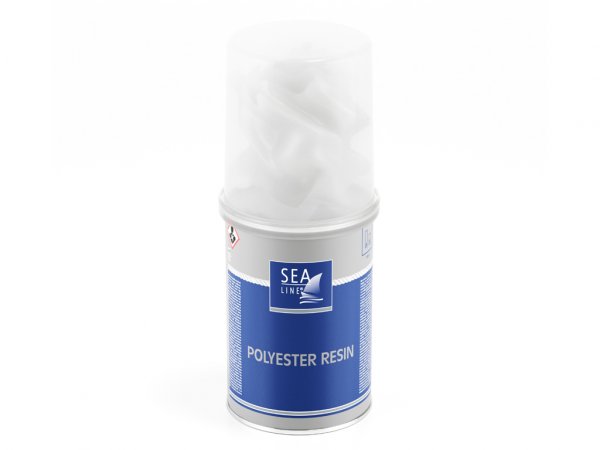
Per ottenere una laminazione di massima qualità e adeguata durezza usare una miscelazione 2:1 in peso per la fibra di vetro mate, se si utilizza il tessuto di vetro miscelare in rapporto 1:1 in peso.
| Tipo | laminazione, acciaio | |
| Posto | sopra la linea di gallegg | |
| Utilizzo | laminatura sigillatura uniformare la superfice incollare e collegare vari elementi alla struttura | |
| Resa teorica 1 KG | TESSUTO MATE | |
| 150 g/m² 300 g/m² 450 g/m² | ~3,5 m² ~1,7 m² ~1,1 m² | |
| FIBRA DI VETRO | ||
| 200 g/m² 400 g/m² | ~5 m² ~2,5 m² | |
| Miscelazione a volume | 10 : 0,4 | |
| Miscelazione a peso | 100 : 2-4 | |
| Durata della miscela a 20°C | 10~15 minutti | |
| Tempo di indurimento a 20°C | ± 45 minutti | |
250 g / CODICE : 2392
1 kg / CODICE : 2480
IN CONFEZIONI DA :
Manualmente:
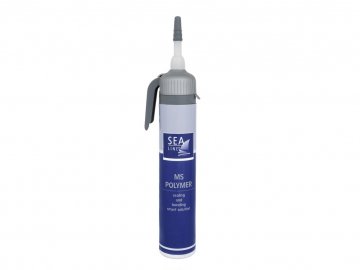
Is elastic sealant recommended for sealing and bonding various types of materials. PRODUCT DESCRIPTION: POLYMER is recomended for use on […]
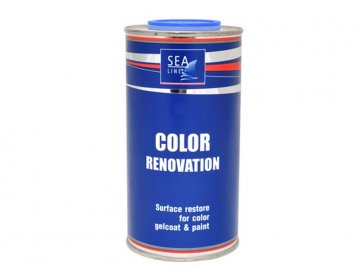
DESCRIZIONE DEL PRODOTTO: Il rigenerante del colore è un prodotto che non contiene silicone e ridà brillantezza ai colori. Può […]
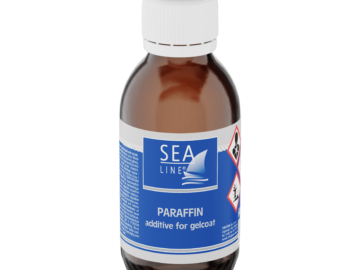
Ci spiace, ma questo articolo è disponibile soltanto in Polacco e Inglese Americano.
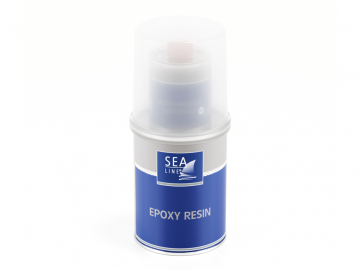
DESCRIZIONE DEL PRODOTTO : La resina epossidica strutturale Sea-Line è adatta per tutte le applicazioni Adatta sia per la costruzione […]
Sea-Line yacht paints are designed for painting the surface of boats and yachts made of various materials, e.g. laminate, wood or steel. We do not have a certificate of the National Institute of Hygiene, which would allow the use of yacht paint to paint the tank with drinking water.

Il patch e compensare le irregolarità derivanti da danni durante la produzione

Barca protezione superficiale contro l’influenza di azioni distruttive di osmosi e la corrosione in ambienti difficili

Protezione contro l’acqua e contro gli effetti negativi delle radiazioni UV

Proteggere la parte inferiore della barca prima-tedesco ricoperta di alghe e conchiglie. La prevenzione dell’azione di acqua.

Rimozione efficace di ritenzione graffi, di aggiornamento e il colore del mantello gel o lacca

Laminazione, incollaggio e tappatura perdite

Per il riempimento di piccole fessure e ubyt gemme in gelcoat

Una gamma di prodotti utili quando si lavora costruttore di barche